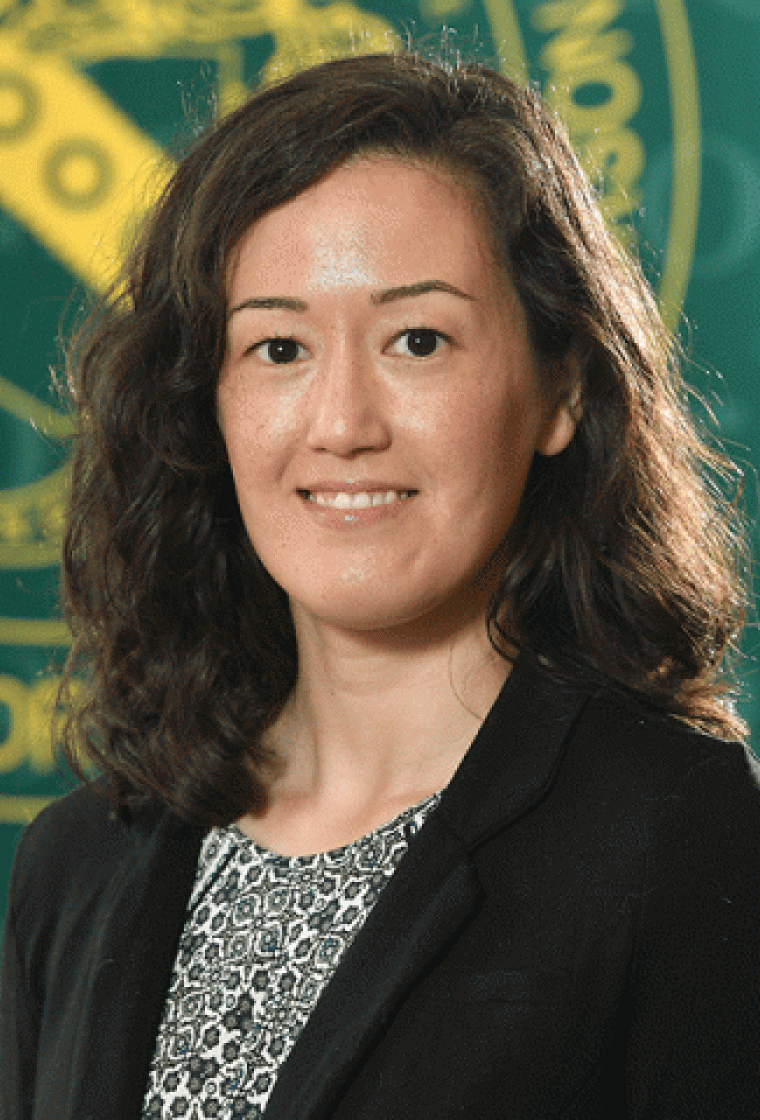
LSI Seminar Series: Ginger Hunter, Ph.D., Clarkson University
The ability of Notch signaling to drive a broad range of contact-mediated cell fate determination events relies, in part, on dynamic cell shape changes and cell contractility. Both of these behaviors require the activity of the cytoskeleton. Dynamic cell shape changes, like the formation of filopodia, allow distant cells to target and engage in signaling with each other. One example of this is the patterning of sensory bristles on the thorax of the fruit fly Drosophila melanogaster. In this tissue, cellular protrusions are thin, dynamic, actin-based, filopodia-like structures which extend from the basal surface of the patterning epithelia. In this talk, Ginger Hunter, Ph.D., will present data supporting a role for these basal signaling filopodia in establishing the length scale of the bristle pattern. Cell contractility is an essential feature of epithelial tissue integrity. Hunter shows that contractility, mediated by actin and non-muscle myosin II, is critical for the efficiency of Notch signaling. Together, these results support a role for cell shape and actomyosin contractility in Notch signaling during bristle patterning.
Speaker

Ginger Hunter is an Assistant Professor of Biology at Clarkson University in Potsdam, New York. She earned her B.S. from the University of Virginia and her Ph.D. from Duke University, where she studied mechanosensing in developing tissues in the fly embryo. She continued her studies into the mechanisms of emergent features of developing tissues during her postdoctoral training at the MRC-LMCB at University College London and the National Institute of Neurological Disorders and Stroke. Hunter opened her laboratory at Clarkson in 2018. One goal of her lab is to understand the regulation of cell morphology, such as the activity of signaling filopodia, that contribute to the robust formation of tissue wide patterns.


